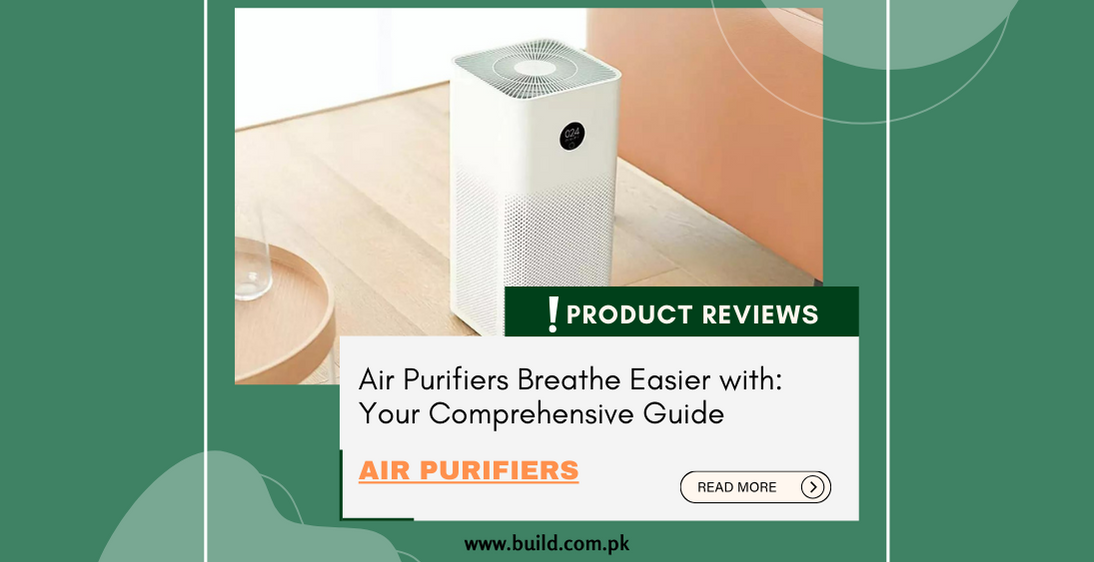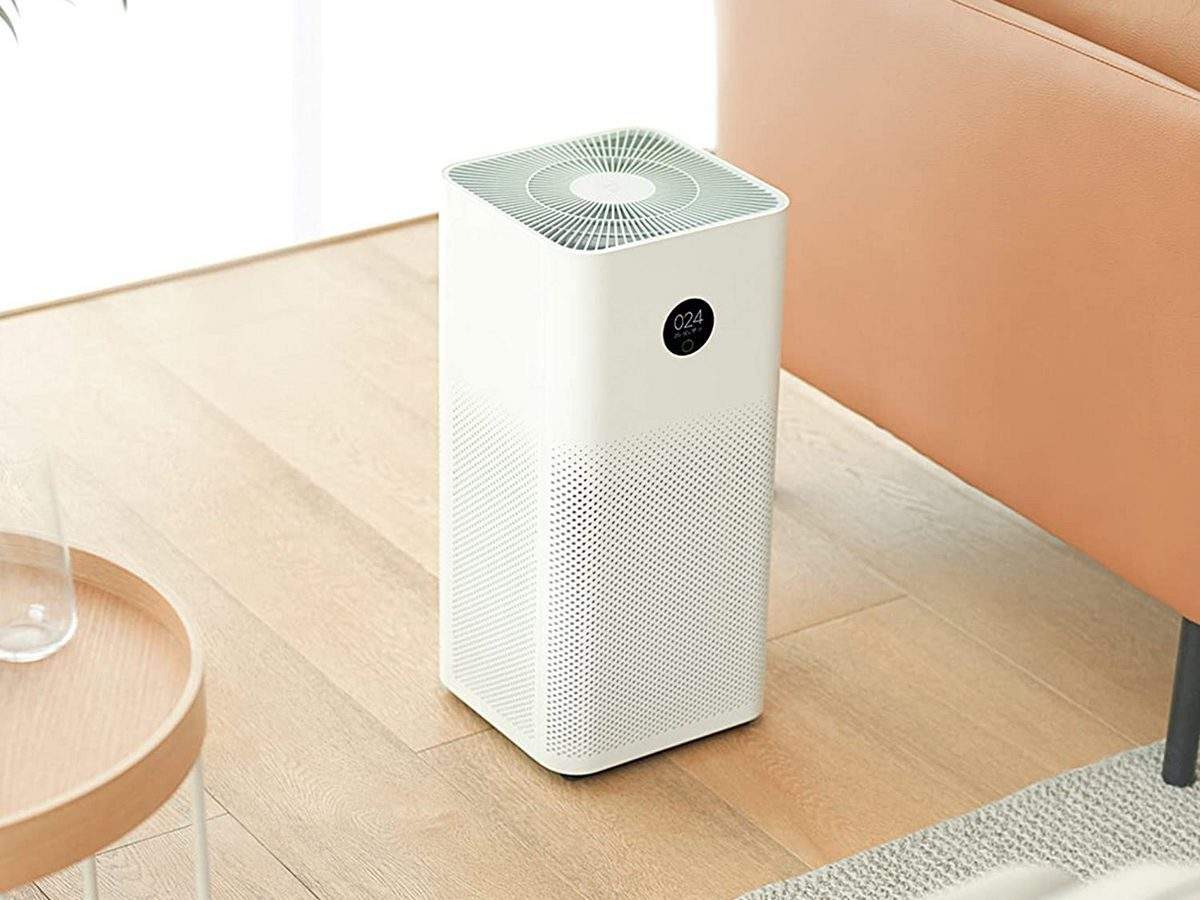Air Purifiers Breathe Easier with: Your Comprehensive Guide

Introduction:
Clean, pure
air is a precious commodity, and air purifiers are the sentinels that guard
your indoor air quality. In this detailed guide, we will delve into the world
of air purifiers, understanding what they are, how they work n, the different
types available, and how to choose the right one for your specific needs.
The Significance of Clean Air:
Clean air is
essential for our health and well-being. The air we breathe can have a profound
impact on our respiratory health, allergies, and overall comfort. Air purifiers
play a crucial role in ensuring the air in our homes and workplaces is free
from pollutants and allergens.
What is an Air Purifier?
An air
purifier is a device designed to remove contaminants from the air, making it
cleaner and healthier to breathe. It does so by trapping airborne particles and
sometimes by neutralizing odors and harmful gases.

How Air Purifiers Work
Air
purifiers use various technologies to clean the air. The most common methods
include:
Particulate Air (HEPA) Filtration:
HEPA filters
are designed to capture particles as small as 0.3 microns, including dust,
pollen, pet dander, and some bacteria. They are highly effective at removing
solid particles from the air.
Activated Carbon Filters:
Activated
carbon is known for its ability to adsorb odors and gases. Air purifiers with
activated carbon filters can effectively neutralize unpleasant smells and
harmful chemicals.
Ultraviolet (UV) Germicidal Irradiation:
UV-C lamps
can destroy microorganisms like bacteria and viruses by damaging their DNA.
This technology is often used in conjunction with other filtration methods.
Ionic Purifiers:
Ionic
purifiers release negative ions into the air, which attach to and neutralize
airborne particles. These particles then become too heavy to remain suspended
in the air and settle on surfaces.
Ozone Generators:
Ozone
generators release ozone into the air, which can neutralize odors and some
pollutants. However, ozone can be harmful to human health and is a contentious
technology.
Types of Air Purifiers
Air
purifiers come in various types to address specific air quality concerns:
Allergen Purifiers:
Designed to
capture allergens such as dust mites, pollen, and pet dander. HEPA filters are
often used in allergen purifiers.
Smoke Purifiers:
Effective at
removing smoke particles and odors. The y often include activated carbon filters
to neutralize smoke-related chemicals.
Chemical Purifiers:
Designed to
tackle chemical pollutants, including volatile organic compounds (VOCs).
Activated carbon filters are a common feature in these purifiers.
Germs and Bacteria Purifiers:
Equipped
with UV-C lamps to kill or inactivate bacteria and viruses in the air.
Multi-Purpose Purifiers:
Versatile
purifiers that combine multiple technologies to address a wide range of air
quality concerns.
Choosing the Right Air Purifier
Selecting
the right air purifier requires consideration of your specific needs and the
air quality issues you're dealing with. Here are some factors to keep in mind:
Room Size:
Choose an
air purifier that is appropriately sized for the room you intend to use it in.
Most purifiers indicate the maximum room size they can effectively clean.
Filtration Method:
Consider the
type of pollutants you want to target. For allergens, a HEPA filter is a must.
If you're dealing with odors and chemicals, opt for a purifier with an activated
carbon filter.
Maintenance:
Some air
purifiers require frequent filter replacements, which can be an ongoing cost.
Others have washable or reusable filters, which can be more cost-effective.
Noise Level:
If you plan
to place the purifier in a bedroom or other quiet space, check the noise level
to ensure it won't disrupt your peace and quiet.
Energy Efficiency:
Look for
purifiers with the ENERGY STAR label, which signifies that they meet energy
efficiency guidelines.
Conclusion:
Air purifiers are invaluable in maintaining clean and healthy indoor air. Whether you're combating allergens, smoke, chemicals, or germs, there's an air purifier designed to address your specific concerns. By understanding how they work and considering your unique needs, you can make an informed decision when choosing the right air purifier for your home or office.









